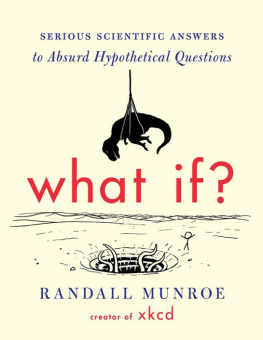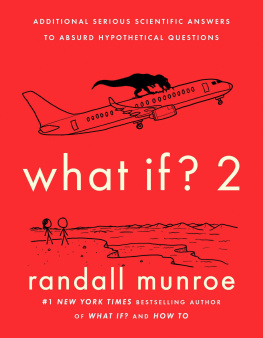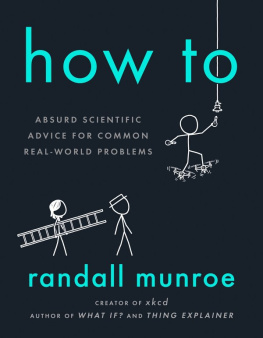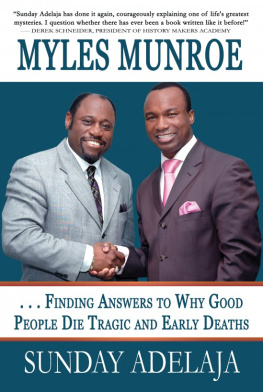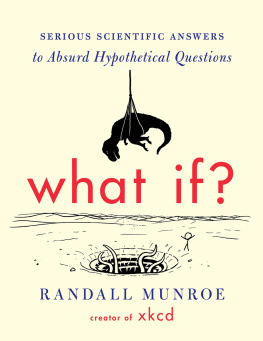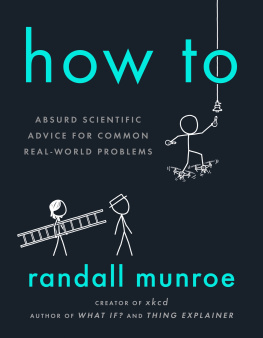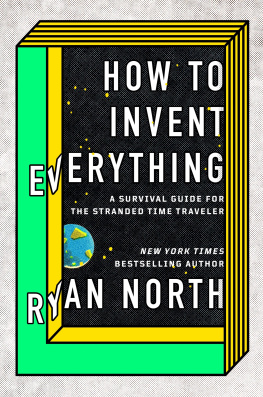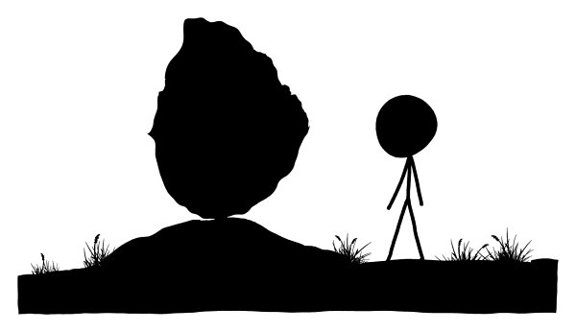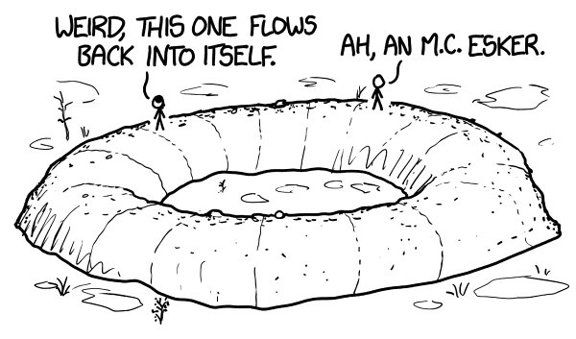what if?
Serious Scientific Answers to Absurd Hypothetical Questions
RANDALL MUNROE
HOUGHTON MIFFLIN HARCOURT
2014 BOSTON NEW YORK
weird (and worrying) questions from the what if? INBOX, #1
Q. Would it be possible to get your teeth to such a cold temperature that they would shatter upon drinking a hot cup of coffee?
Shelby Hebert
Q. How many houses are burned down in the United States every year? What would be the easiest way to increase that number by a significant amount (say, at least 15%)?
Anonymous
New YorkStyle Time Machine
Q. I assume when you travel back in time you end up at the same spot on the Earths surface. At least, thats how it worked in the Back to the Future movies. If so, what would it be like if you traveled back in time, starting in Times Square, New York, 1000 years? 10,000 years? 100,000 years? 1,000,000 years? 1,000,000,000 years? What about forward in time 1,000,000 years?
Mark Dettling
1000 years back
Manhattan has been continuously inhabited for the past 3000 years, and was first settled by humans perhaps 9000 years ago.
In the 1600s, when Europeans arrived, the area was inhabited by the Lenape people. Th e Lenape were a loose confederation of tribes who lived in what is now Connecticut, New York, New Jersey, and Delaware.
A thousand years ago, the area was probably inhabited by a similar collection of tribes, but those inhabitants lived half a millennium before European contact. Th ey were as far removed from the Lenape of the 1600s as the Lenape of the 1600s are from the modern day.
To see what Times Square looked like before a city was there, we turn to a remarkable project called Welikia, which grew out of a smaller project called Mannahatta. Th e Welikia project has produced a detailed ecological map of the landscape in New York City at the time of the arrival of Europeans.
Th e interactive map, available online at welikia.org, is a fantastic snapshot of a different New York. In 1609, the island of Manhattan was part of a landscape of rolling hills, marshes, woodlands, lakes, and rivers.
Th e Times Square of 1000 years ago may have looked ecologically similar to the Times Square described by Welikia. Superficially, it probably resembled the old-growth forests that are still found in a few locations in the northeastern US. However, there would be some notable differences.
Th ere would be more large animals 1000 years ago. Todays disconnected patchwork of northeastern old-growth forests is nearly free of large predators; we have some bears, few wolves and coyotes, and virtually no mountain lions. (Our deer populations, on the other hand, have exploded, thanks in part to the removal of large predators.)
Th e forests of New York 1000 years ago would be full of chestnut trees. Before a blight passed through in the early twentieth century, the hardwood forests of eastern North America were about 25 percent chestnut. Now, only their stumps survive.
You can still come across these stumps in New England forests today. Th ey periodically sprout new shoots, only to see them wither as the blight takes hold. Someday, before too long, the last of the stumps will die.
Wolves would be common in the forests, especially as you moved inland. You might also encounter mountain lions
Th eres one thing you would not see: earthworms. Th ere were no earthworms in New England when the European colonists arrived. To see the reason for the worms absence, lets take our next step into the past.
10,000 years back
Th e Earth of 10,000 years ago was just emerging from a deep cold period.
Th e great ice sheets that covered New England had departed. As of 22,000 years ago, the southern edge of the ice was near Staten Island, but by 18,000 years ago it had retreated north past Yonkers. By the time of our arrival, 10,000 years ago, the ice had largely withdrawn across the present-day Canadian border.
Th e ice sheets scoured the landscape down to bedrock. Over the next 10,000 years, life crept slowly back northward. Some species moved north faster than others; when Europeans arrived in New England, earthworms had not yet returned.
As the ice sheets withdrew, large chunks of ice broke off and were left behind.
When these chunks melted, they left behind water-filled depressions in the ground called kettlehole ponds. Oakland Lake, near the north end of Springfield Boulevard in Queens, is one of these kettlehole ponds. Th e ice sheets also dropped boulders theyd picked up on their journey; some of these rocks, called glacial erratics, can be found in Central Park today.
Below the ice, rivers of meltwater flowed at high pressure, depositing sand and gravel as they went. Th ese deposits, which remain as ridges called eskers, crisscross the landscape in the woods outside my home in Boston. Th ey are responsible for a variety of odd landforms, including the worlds only vertical U-shaped riverbeds.
100,000 years back
Th e world of 100,000 years ago might have looked a lot like our own. and warm.
A hundred thousand years ago, Earth was near the end of a similar period of climate stability. It was called the Sangamon interglacial, and it probably supported a developed ecology that would look familiar to us.
Th e coastal geography would be totally different; Staten Island, Long Island, Nantucket, and Marthas Vineyard were all berms pushed up by the most recent bulldozer-like advance of the ice. A hundred millennia ago, different islands dotted the coast.
Many of todays animals would be found in those woodsbirds, squirrels, deer, wolves, black bearsbut there would be a few dramatic additions. To learn about those, we turn to the mystery of the pronghorn.
Th e modern pronghorn (American antelope) presents a puzzle. Its a fast runnerin fact, its much faster than it needs to be. It can run at 55 mph, and sustain that speed over long distances. Yet its fastest predators, wolves and coyotes, barely break 35 mph in a sprint. Why did the pronghorn evolve such speed?
Th e answer is that the world in which the pronghorn evolved was a much more dangerous place than ours. A hundred thousand years ago, North American woods were home to Canis dirus (the dire wolf), Arctodus (the short-faced bear), and Smilodon fatalis (sabre-toothed cat), each of which may have been faster and deadlier than modern predators. All died out in the Quaternary
If we go back a little further, we will meet another frightening predator.
1,000,000 years back
A million years ago, before the most recent great episode of glaciations, the world was fairly warm. It was the middle of the Quaternary period; the great modern ice ages had begun several million years earlier, but there had been a lull in the advance and retreat of the glaciers, and the climate was relatively stable.
Next page
